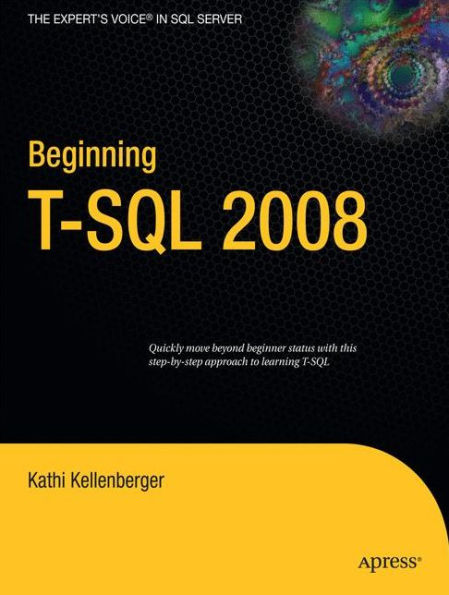Even if you have little or no knowledge of T-SQL, Beginning T-SQL 2008 will bring you up to intermediate level and teach you best practices along the way. You'll learn how to write code that will help you to achieve the best-performing applications possible.
You'll find an introduction to databases, normalization, and SQL Server Management Studio. You'll understand how data is stored in a database and learn how to use at least one of the available tools to get to that data.
Each subsequent chapter teaches an aspect of T-SQL, building on the skills learned in previous chapters. Exercises are included in each chapter because the only way to learn T-SQL is to write some code.
This book will do more than just give the syntax and examples. It will teach you techniques to help you avoid common errors and create robust and well-performing code.
• Imparts best practices for writing T-SQL
• Helps readers avoid common errors
• Shows how to write scalable code that yields good performance



